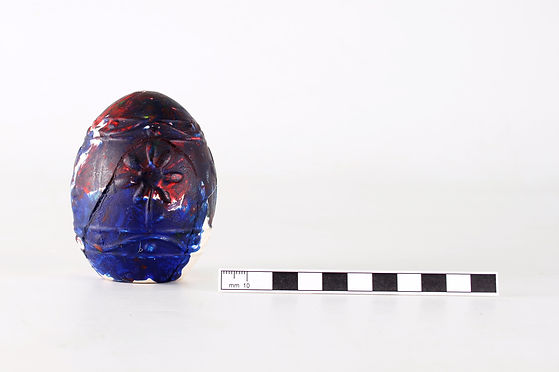top of page
3D Scanning and Printing
3D Scanning and Printing
Surface Dirt and dust was removed using dry cleaning methods such as soft brushes and a museum vacuum on low suction with a net guard covering the nozzle.
This was followed by wet cleaning the surface of the pediment with Tri-Ammonium Citrate 2% in distilled water as it was the most affective in removing the engrained dirt and did not affect the state of the oil gilding. Acetone was used to treat the water gilding.
Surface Dirt and dust was removed using dry cleaning methods such as soft brushes and a museum vacuum on low suction with a net guard covering the nozzle.
This was followed by wet cleaning the surface of the pediment with Tri-Ammonium Citrate 2% in distilled water as it was the most affective in removing the engrained dirt and did not affect the state of the oil gilding. Acetone was used to treat the water gilding.
Once the gesso had dried it was then sanded down to make it smooth, level and matched the original appearance of the corner

Ceramic Egg
Conservation

The ceramic egg was low fired and would have been pass produced. The egg also would have been painted by hand with acrylic.
The egg had a raised design on it and had been broken into four pieces.
HMG Restoration Adhesive was thinly spread across the break edges of the ceramic before they were all joined together.
With permission from the owner, the ceramic egg had its missing ceramic shards replaced with fills.
The fills were made from Pollyfilla. The Pollyfilla was mixed with acrylic colours to recreate the colour on the surface of the egg.

bottom of page
_JPG.jpg)